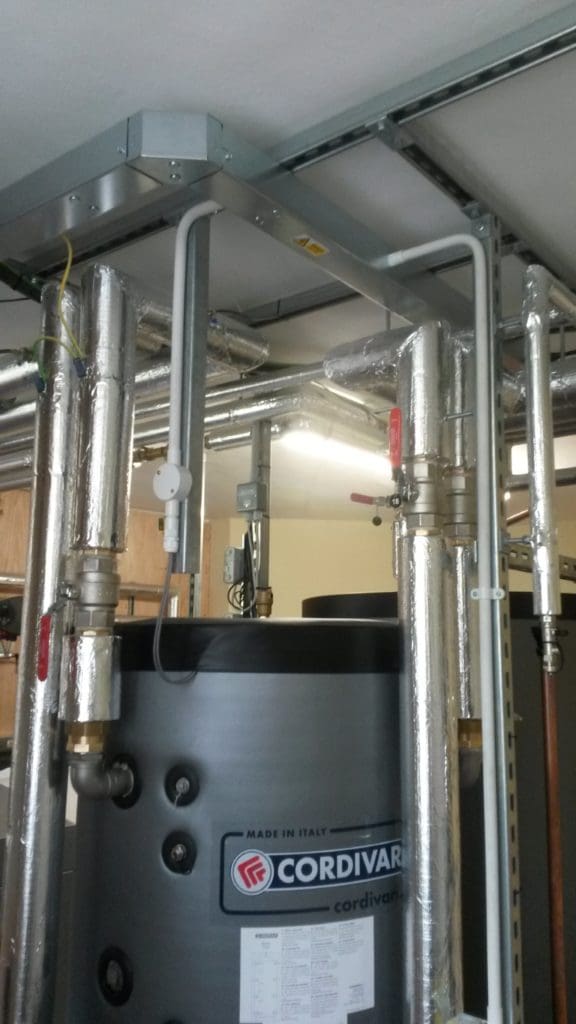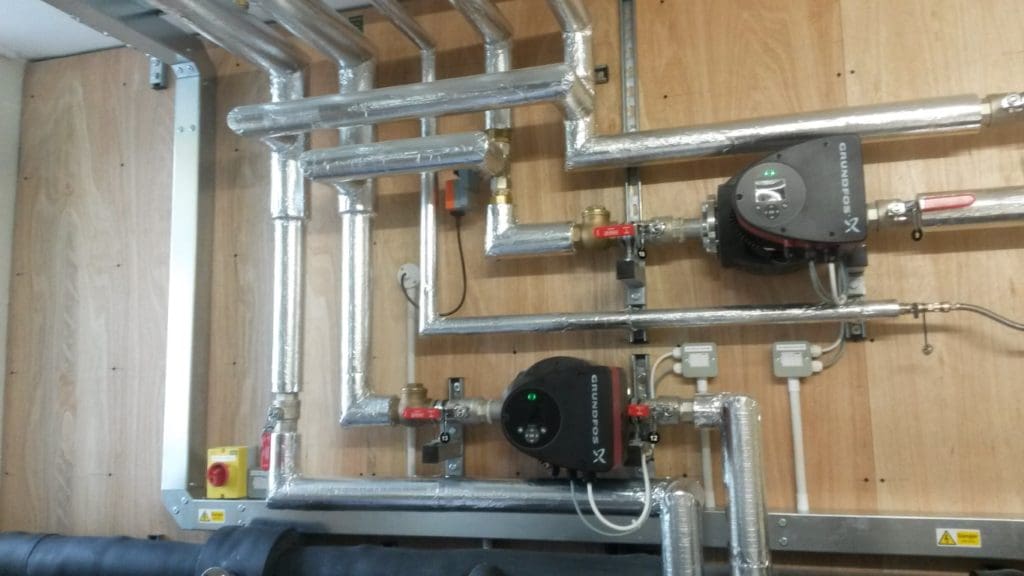
Summary
Property type: Residential
Technologies installed: Heat pump
Collector type: Ground loops
Size (kW): 100kW
New/retrofit: Retrofit
Brand: EcoForest
The recommended solution:
Shotover house was built in the 18th century and until recently has been heated by dedicated oil-fired boilers. With the global movement towards renewable technology, the owners decided they should make the move to renewable energy.
Key features:
- Two Ecoforest 70kW three-phase ground source heat pumps, one Ecoforest 40kW three-phase ground source heat pump, Pacetti 1,000 litre hot water tank, Cordivari 500 litre buffer tank, Cordivari 200 litre buffer tank.
Outcome:
isoenergy was tasked with heating the Grade I listed house, staff accommodation and multiple tenanted estate cottages. After completing a detailed energy assessment, isoenergy designed and installed a 140kW renewable Ecoforest heat pump system, with a 1,000L hot water tank and 500L buffer tank, to meet the heating requirements of the main house. The 3,600m lake loop array was submerged to collect energy from the water, providing spatial heating and hot water all year round.






The Stables housed the second plant room in which a 40kW Ecoforest heat pump connected to a 2,400m ground array in the parkland. The heat from the earth is then transferred to the heat pump and compressed to supply heating and hot water to the tenanted cottages. Both systems will be heating the properties through traditional radiator systems. A great example of heat pumps working with radiators, creating a comfortable and sustainable home.
The installation of this renewable heating system has released this stunning property from its reliance on fossil fuels and inefficient heating. As a result, the number of carbon emissions produced from the heating is reduced by 70%.